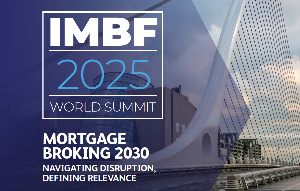
Christina Leung
The central bank has expanded its money printing programme to a new cap of $100 billion, up from a previous limit of $60 billion.
The RBNZ says the QE will help "to further lower retail interest rates". The OCR was kept on hold at 0.25%.
The Reserve Bank gave its clearest indication yet that it is likely to use negative rates to stimulate the economy. It said "a package of additional monetary instruments", including a negative OCR, a funding for lending programme with retail banks, and foreign bond buying, would also be considered.
Kiwibank's chief economist Jarrod Kerr said today's expansion of the QE programme was "inevitable". He believes a term lending programme for retail banks would be "the most effective measure for lowering retail interest rates".
Kerr doesn't believe a negative OCR would be effective, but says the central bank could go down that path if the recent community outbreak of Covid worsens and NZ remains in lockdown.
Christina Leung of NZIER said it was "not surprising" that the Reserve Bank took a markedly more dovish tone today, "as what has happened today [moving into lockdown] is substantial for the economy".
Leung, like Kerr, believes a negative OCR is a "less effective way to stimulate the economy".
Independent economist Michael Reddell said it was "encouraging" the RBNZ had identified the heightened downside risks, but said the bank was "still doing nothing very substantive in response".
Reddell called for stronger action and added: "There is lots of handwaving in the document about the supposed effects of the LSAP to date, but the facts remain that 'a', the exchange rate is about where it was before Covid appeared, and 'b', real interest rate reductions, adjusting for the falls in inflation expectations they acknowledge, remain very small, for a shock of this size."





Comments
No comments yet.
Sign In to add your comment